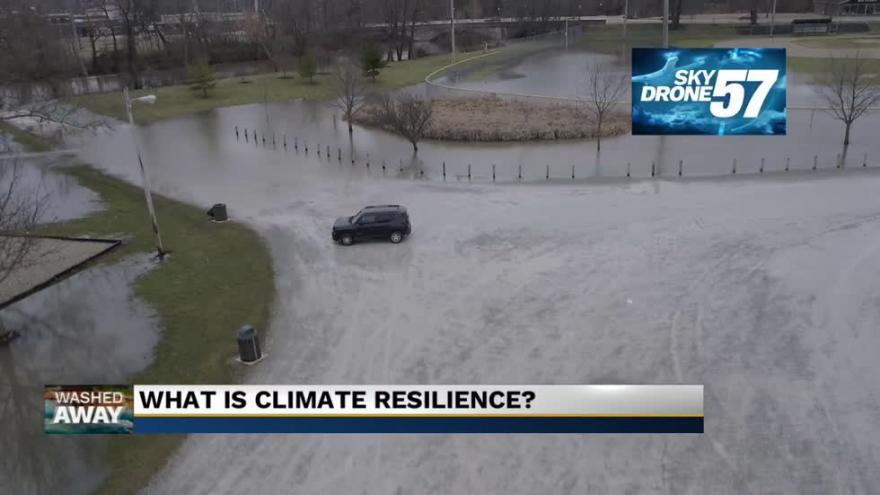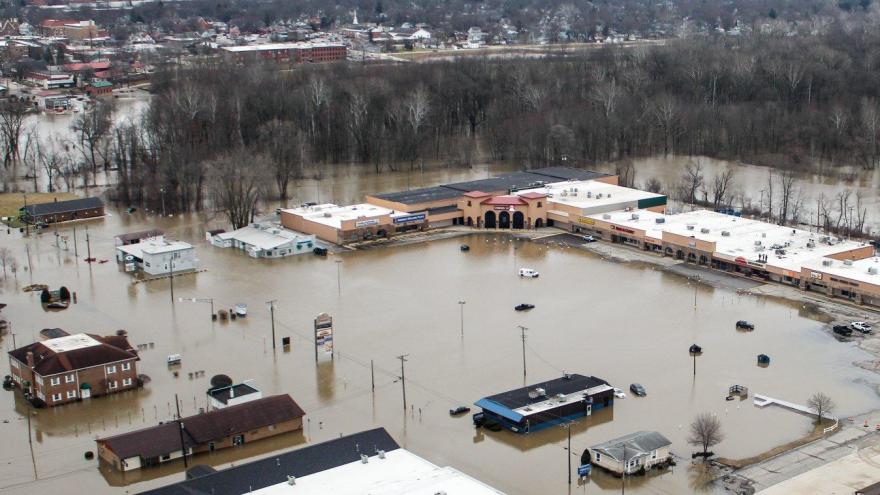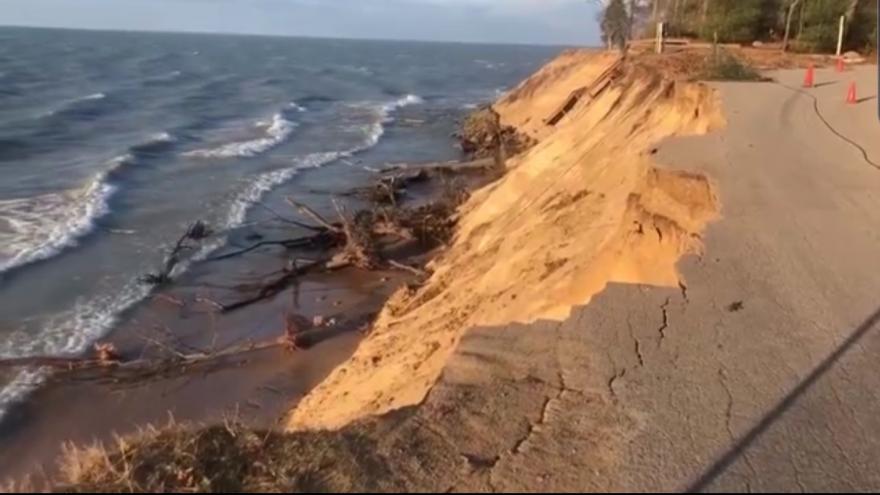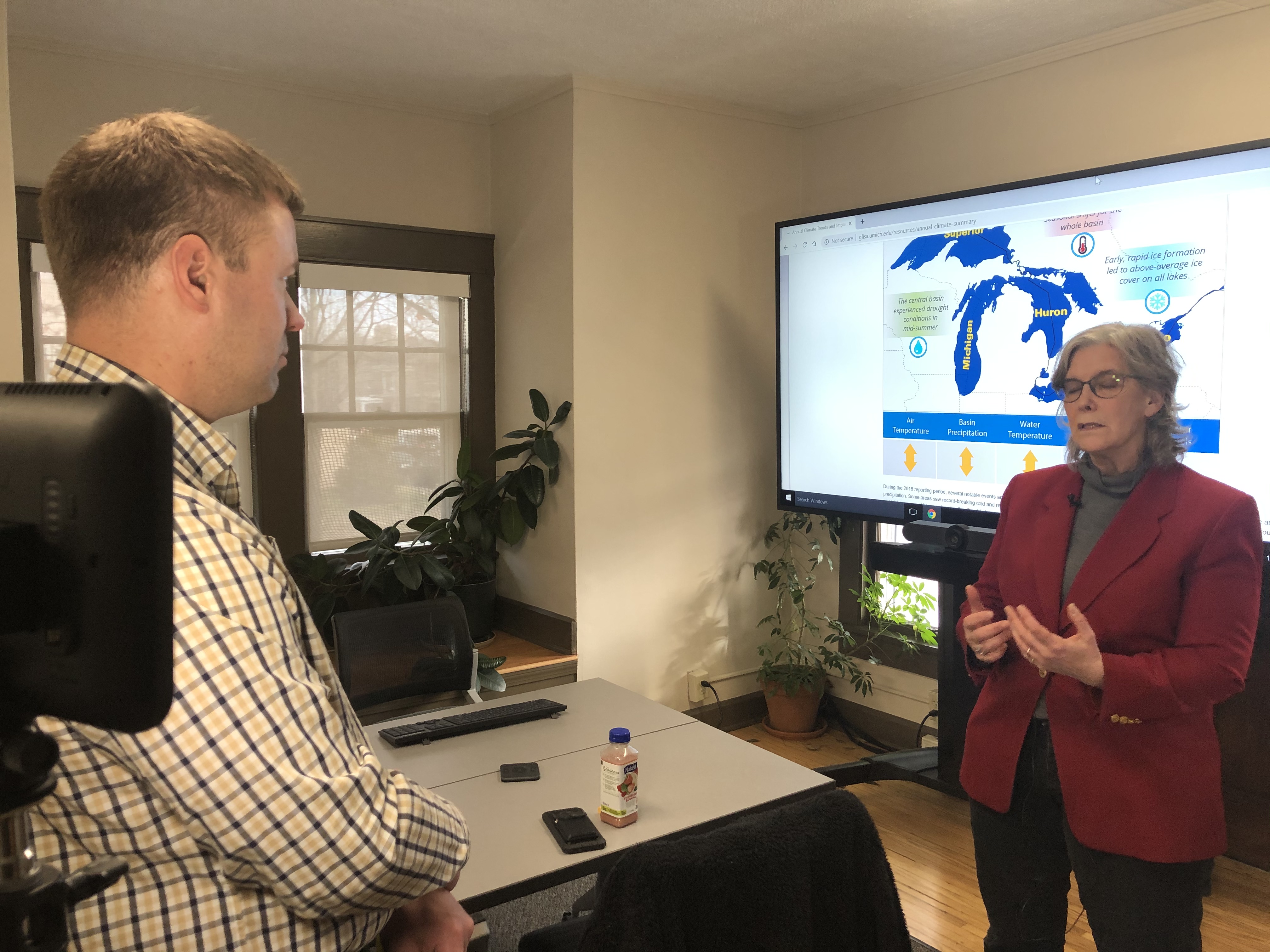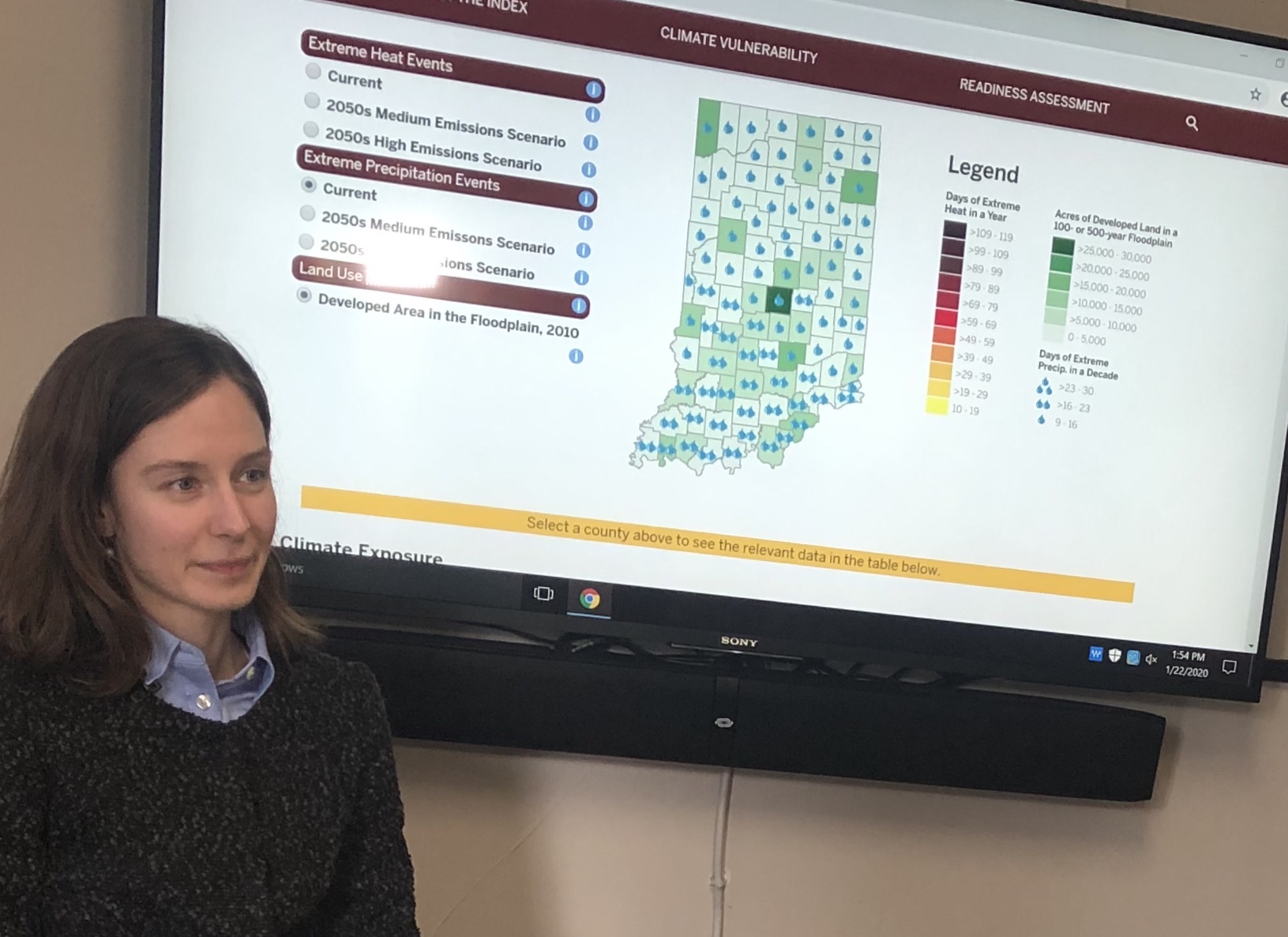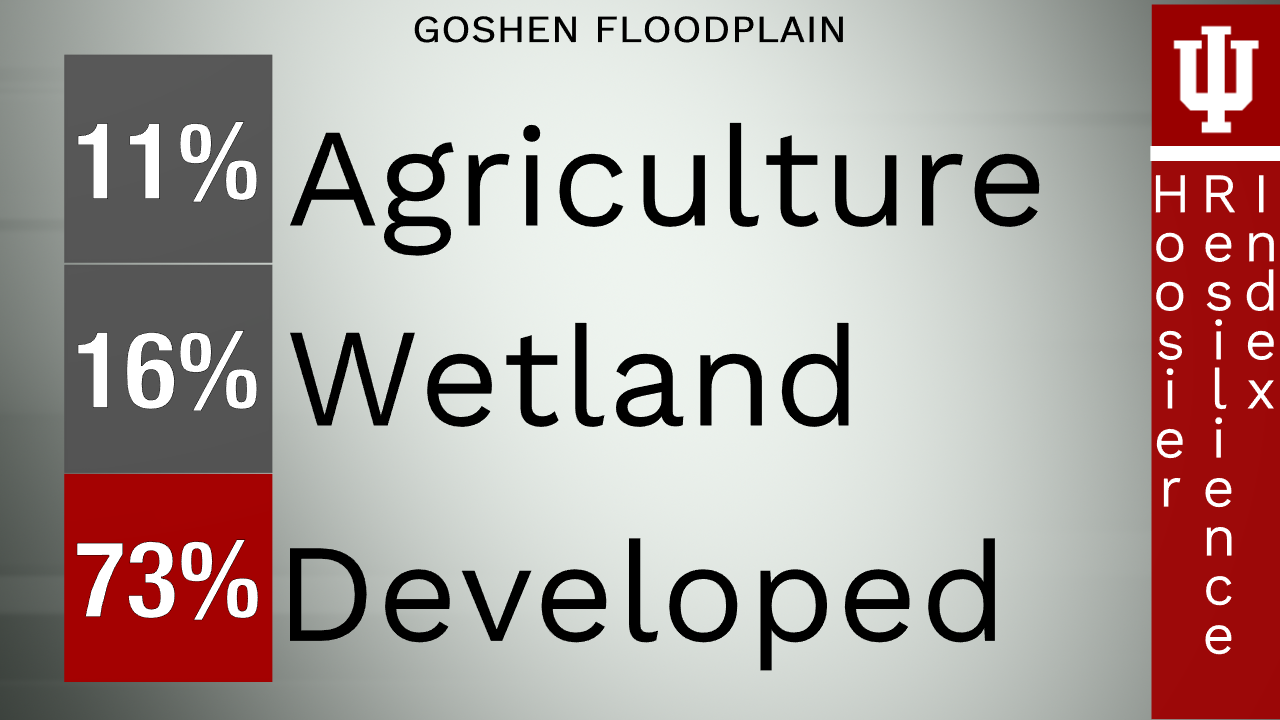Washed Away: How communities prepare for more frequent flooding
See Also
The last part of our Washed Away coverage focuses on how communities need to be proactive and how Goshen is trying to lead the way.
The heavy rain and flooding destroying homes, businesses and infrastructure are costing taxpayers a lot of money.
“The flood definitely caught the staff and the community off guard … we’ve had floods in the past, but this was the biggest flood on record for Goshen,” says Goshen Mayor Jeremy Stutsman.
His staff and city learned a lot from the February 2018 flood, with one of the main takeaways being they are more at risk than they thought.
“I’m arguing whether you believe in climate change or not … taking these steps … these green projects … doing what we can to be more resilient, helps everybody,” says Stutsman.
So where do we begin?
At Indiana University in Bloomington there’s a group of scientists and policy experts at the Environmental Resilience Institute. The think tank trying to get past the controversy of climate change and instead focus on sustainable solutions
“Planning. Planning and preparation,” are two things Dr. Diane Henshel with the O’Neil School of Public & Environmental Affairs says are most important.
“Because we are, believe it or not, only at the start of how severe our climate is going to become. It’s going to be way more unpredictable,” says Dr. Henshel.
Planning can save lives, time and money: the ounce of prevention is worth a pound of cure argument.
“For every dollar a local government spends on climate adaptation, they’re going to save 6 dollars on what they would have spent further down the line,” says Andrea Webster, Implementation Manager, Environmental Resilience Institute
She has a head start with a special online tool.
“The Hoosier Resilience Index is an online resource for local governments and really anybody in the state of Indiana to go online and check out how climate change is going to impact their community specifically,” says Webster.
Local governments like Goshen are using data just like this to try and stay ahead of the storm. They are currently working with the Great Lakes Integrated Science and Assessments team to find out where all the water goes when it rains heavily.
“We want to make sure we’re doing what we can to try and mitigate some of that flooding but also make sure we’re not making it any worse,” says Mayor Stutsman.
The mayor created a new Department of Environmental Resilience. He says,
“…it really signifies to my community that we’re serious about this and this is something we all need to be working on.”
The new department was created January 1st, of this year. The plan is to start off small, getting people on board with higher efficiency measures like new LED street lights, which save the city money, use less energy and help the environment.
Aaron Swatsky-Kingsley, the new Department of Environmental Resilience Manager, has some big goals: “We want to be going towards green infrastructure.”
The city will also need to address some bigger issues like flooding and the floodplain but that’s a tough sell and task. It’s research-driven and might involve buying more property.
“Those are big things. Those are really, really, big, big issues that have their history 50, 100 or more years in the past,” Swatsky-Kingsley says.
Using the new Hoosier Resilience Index, Andrea Webster highlights issues in Goshen.
Here’s a transcript of part of our conversation:
Andrea: “So this is Goshen, the outline of Goshen. I can scroll down here and I can turn on the flood plains. So I can look at a map like this.
So forest is good in a flood plain because those trees are going to help absorb the water and it’s not in a developed area and so you’re not going to have that economic impacts but as we zoom in…
So I notice this area right here which is…”
Tom: That’s the Kroger.
Andrea: “That’s the Kroger alright yep and so you can just see that the whole thing and all these other stores around it are expected to be completely inundated and probably were.”
73% of the city’s floodplain is developed only 16% is wetland. Agriculture makes up the final 11%. Protecting and expanding floodplain would make the city more flood resistant.
The first week of January the city of Goshen approved the purchase of land along Rock Run Creek, near the fairgrounds to preserve floodplain. A week later, that area was threatened by flooding after record rain event.
Rogers and Shanklin parks along the Elkhart River also ease flooding. They allow the water to spread out, slow down and prevent a burst of flood water.
“The maintenance facility is located over in Shanklin Park, which is floodplain,” says Aaron Swatsky-Kingsley, Department of Environmental Resilience Manager.
Every time there’s a flood threat, the city has to move equipment.
“An important thing we’ve been thinking about is how to relocate that maintenance building and those facilities to another place so that we aren’t losing time and energy to take care of those things,” he says.
That same logic can be applied to all flood prone areas.
“We need to be thinking about other neighborhoods in our city carefully, maybe in the future, in those same sorts of ways,” says Swatsky-Kingsly.
Thinking ahead will mean less rescuing and responding when the next big flood happens.
“We’ve kept pecking away at those little things but it’s time to really look at the big picture and figure out where we need to go from here,” says Mayor Stutsman.
Everyone should be thinking about how extreme weather can impact them. Are you prepared? Is your community planning ahead?
The Washed Away series was designed to get everyone thinking and that the future is not hopeless. We can be climate resilient.















